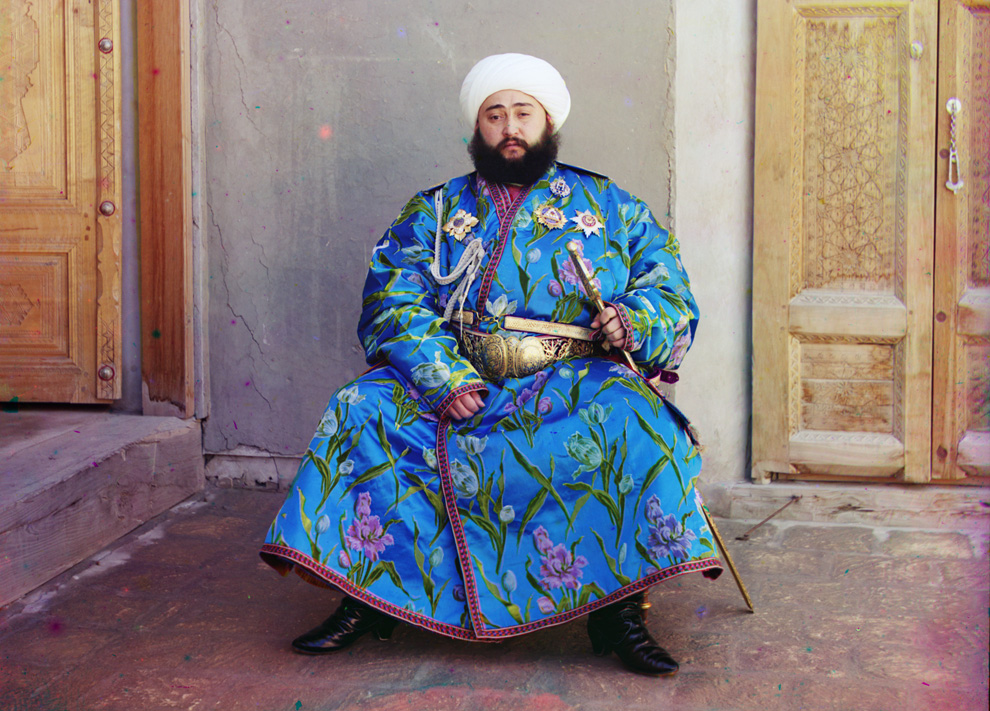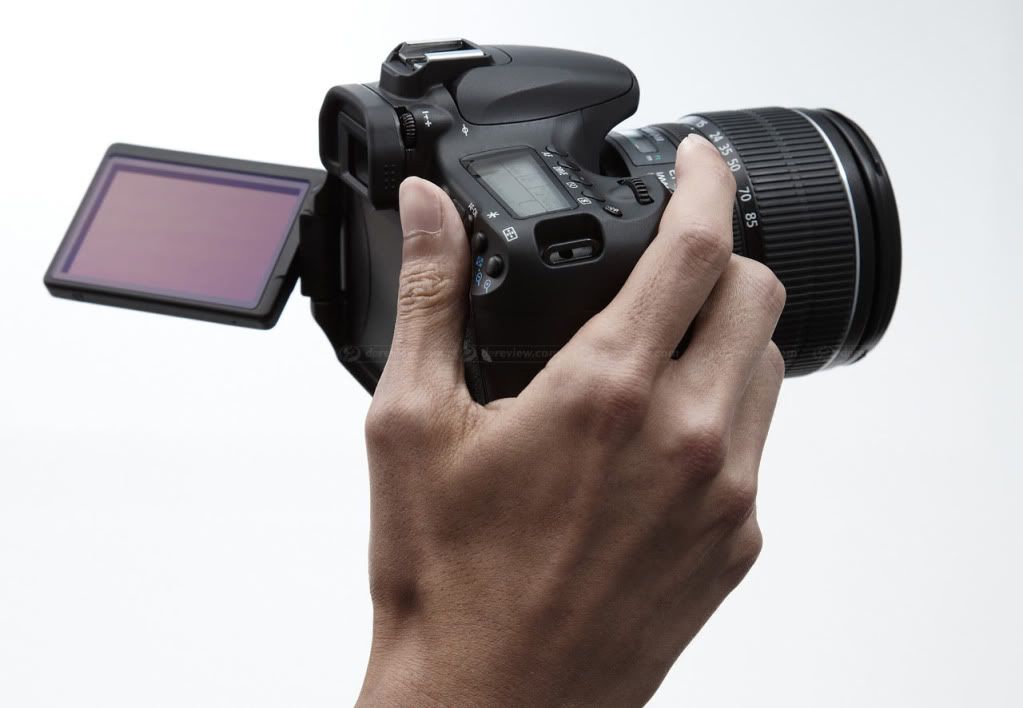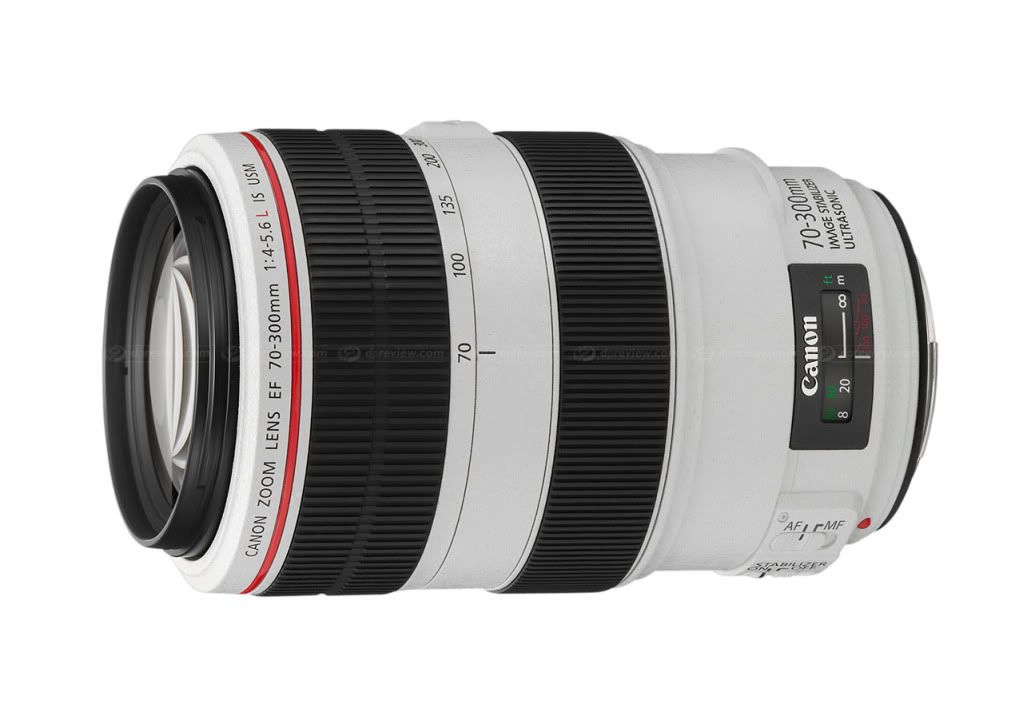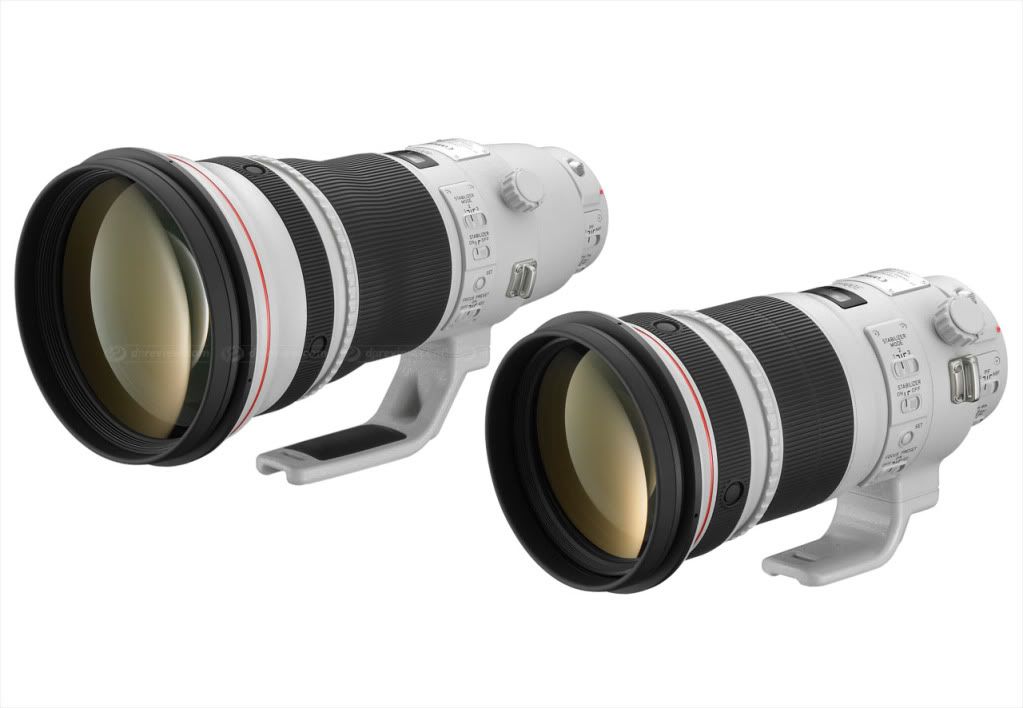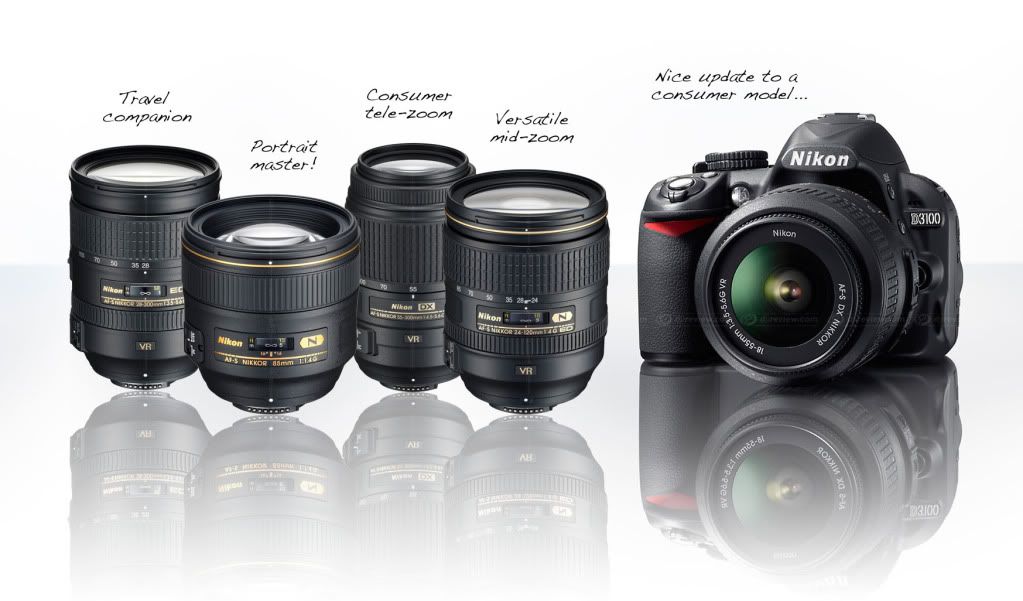Right after Nikon's announcement of a DSLR body and a slew of lenses, Canon found it fitting to announce the launch of products of the same magnitude! With the much-anticipated (and much-leaked) EOS 60D, Canon has a couple of interesting lenses in the line-up as well!
The new 18MP
EOS 60D features a more compact body than its predecessor and uses SD cards, differentiating (and perhaps lowering its position within the family) from the EOS 7D. Interestingly, it scavenges parts from other bodies, utilizing the 3" LCD (107k) from the EOS 550D and the autofocus module from EOS 50D (perhaps not to usurp the "AF speed-king" position of 7D). It does however share the same video capability as the EOS 7D (very clever positioning of features).
What really differentiates the new EOS 60D from its predecessor is the
articulating (or pivoting) LCD, which allows users to compose from various angles not traditionally possible by looking through a viewfinder. It's the first time a Canon EOS feature a rotating LCD, which Nikon and Sony already have launched in their DSLRs. It will be interesting to see how this revolutionary (for EOS series) screen go down with Canon users. More importantly, the launch of the EOS 60D has shown a fundamental shift (along with the introduction of the EOS 7D) in product positioning against Nikon and Sony.
Canon L-series of lenses have always signified exceptional performance, although most people will readily relate the red ring to expensive pricing and fast aperture lenses. That's why it exceptionally surprising (or shocking) to see that Canon is releasing a
EF 70-300mm f/4-5.6 L IS USM lens, which has a aperture range one would relate to a consumer lens. Canon states that it's positioned as an "affordable" L lens, but seriously this lens really seem out-of-place in the L-series line-up. I'm sure this lens can deliver uber-sharp performance, but I can't imagine the board-room discussions and internal controversy when they decided to label it as a L-lens. It sounds good with ring-type USM motor, weatherproof construction, and a 4-stop image stabilization, but one should always remember that the L-program is very much a marketing initiative as well as a technical classification. Labeling this lens as a L-series is a mistake in my opinion, but we shall leave it to history to judge if Canon is right.
Leaving disappointments behind, Canon launched an interesting lens in the form of a
EF 8-15mm f/4 L USM, which is claimed as the "world's first fisheye zoom lens to offer both circular and full frame images". Turn it to the 8mm focal length, and you'll get the signature circular fish-eye effect on a full-frame sensor. Turn it towards the 15mm setting, and you're looking at more conventional rectilinear wide-angle images. It's a very interesting lens, even though I'm not sure how many people will actually need such a lens. Get ready for a slew of fish-eye images… argh!
Canon has always excelled in super-telephoto lenses, and I'm sure sports and wild-life photographers will be excited to hear about the updated
EF 300mm f/2.8 IS II and EF 400mm f/2.8 IS II USM lenses. More than superficial updates, the new lenses feature completely redesigned optics as well as the latest IS technology. The new EF 400mm lens is 28% lighter than its predecessor, thanks to the use of magnesium alloy construction.

